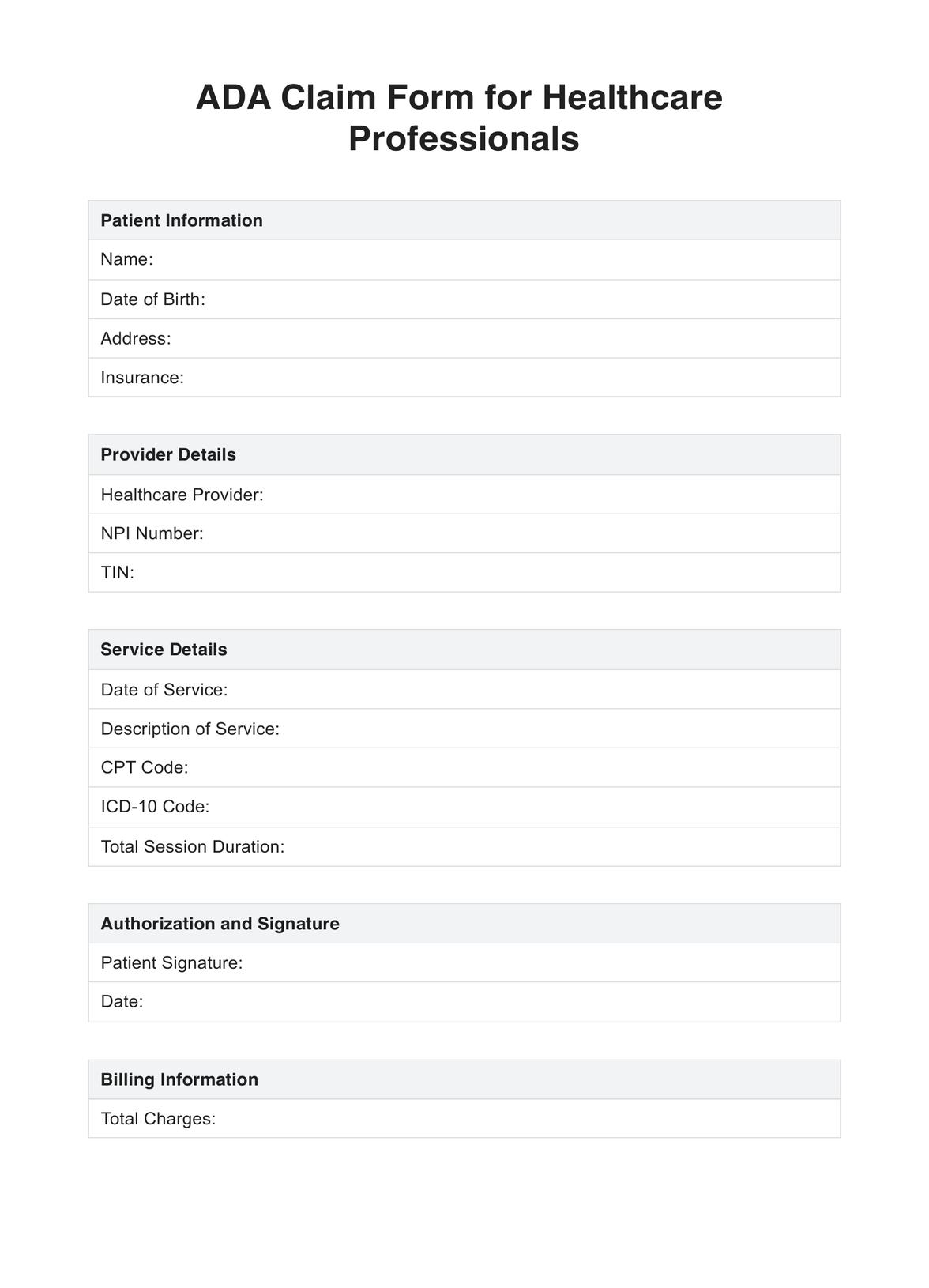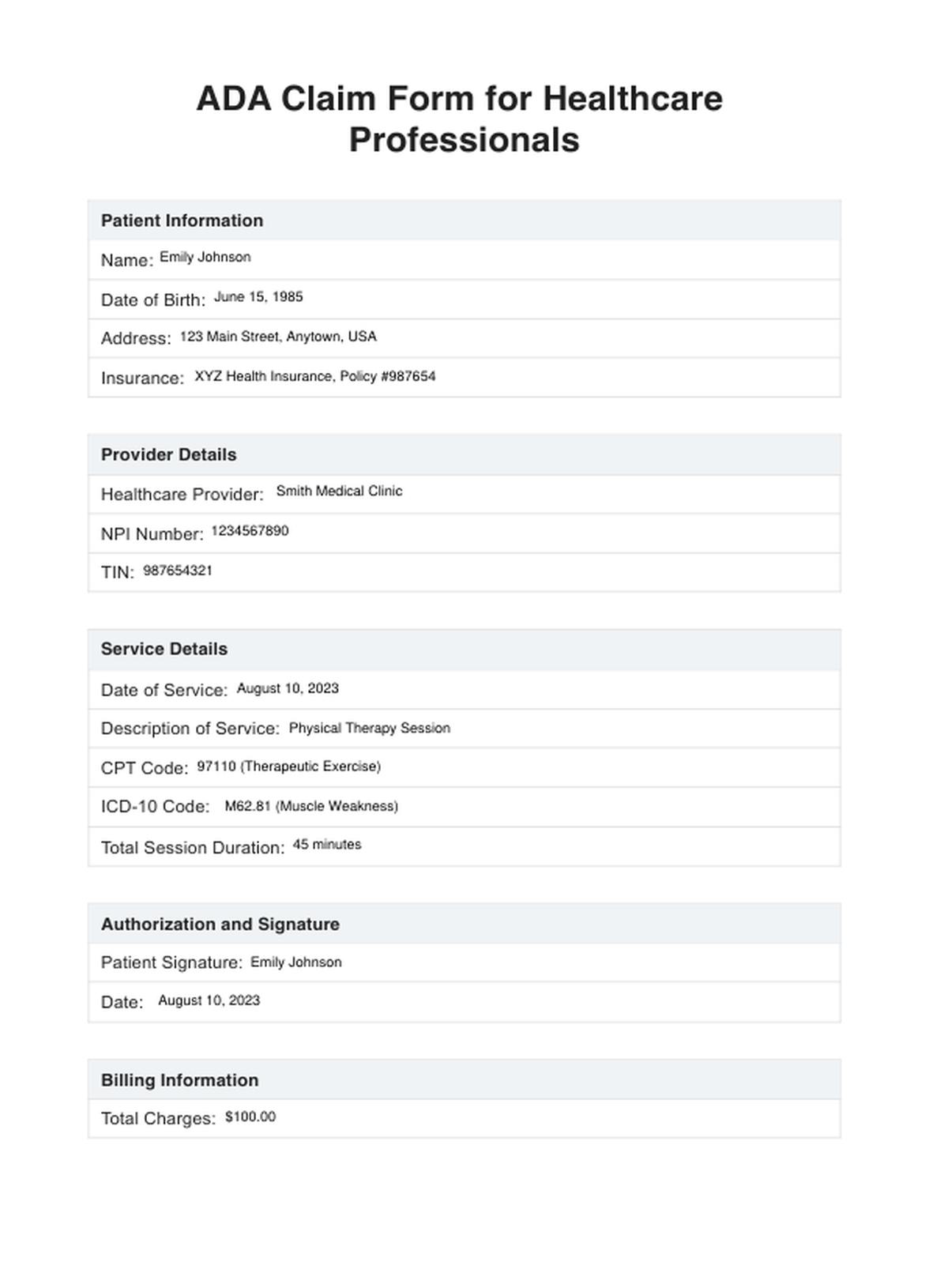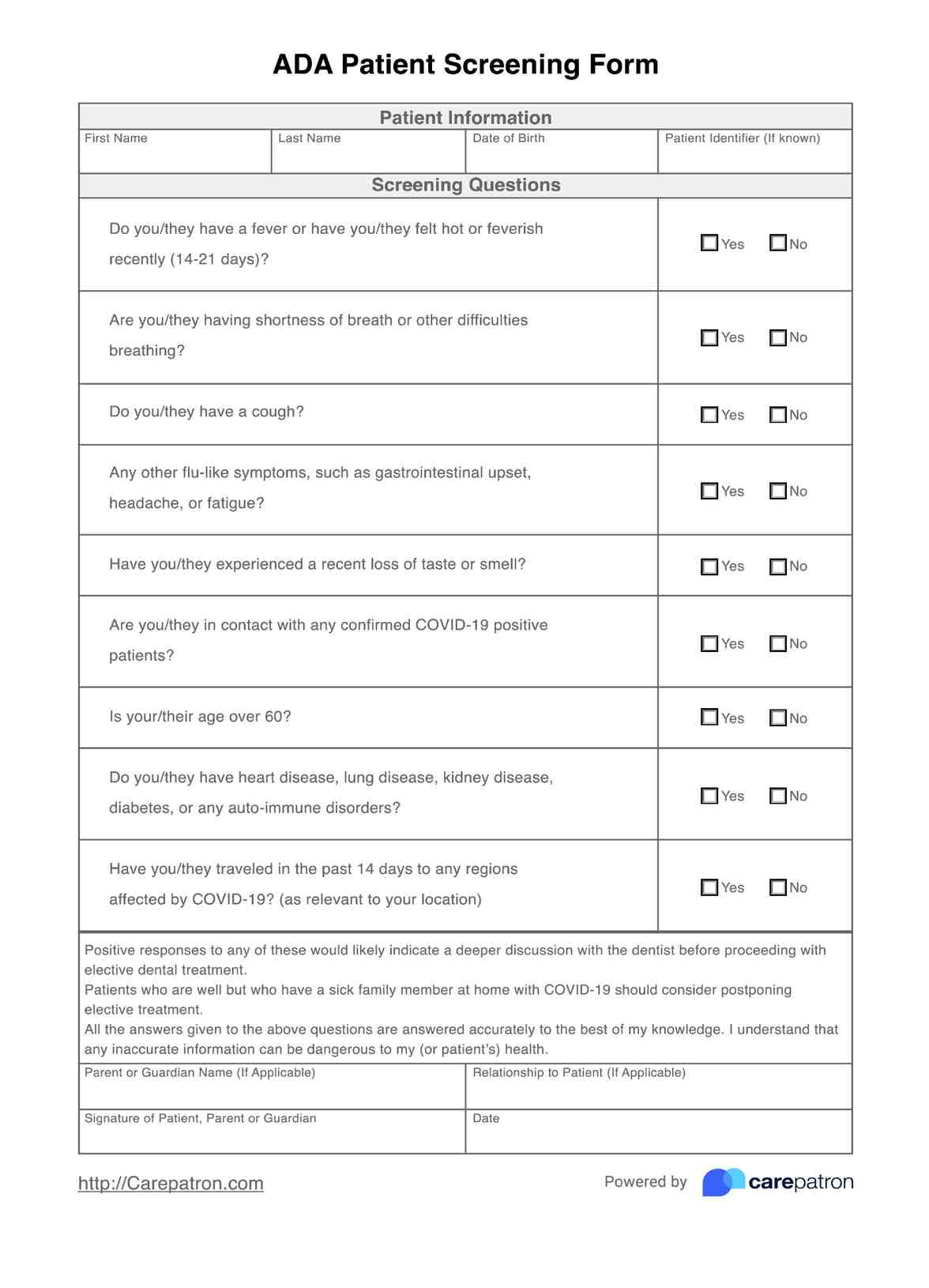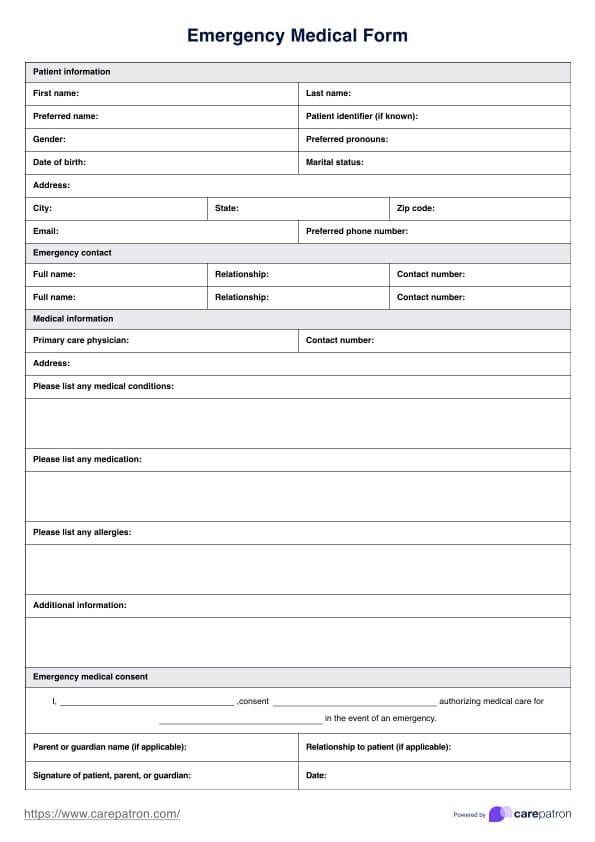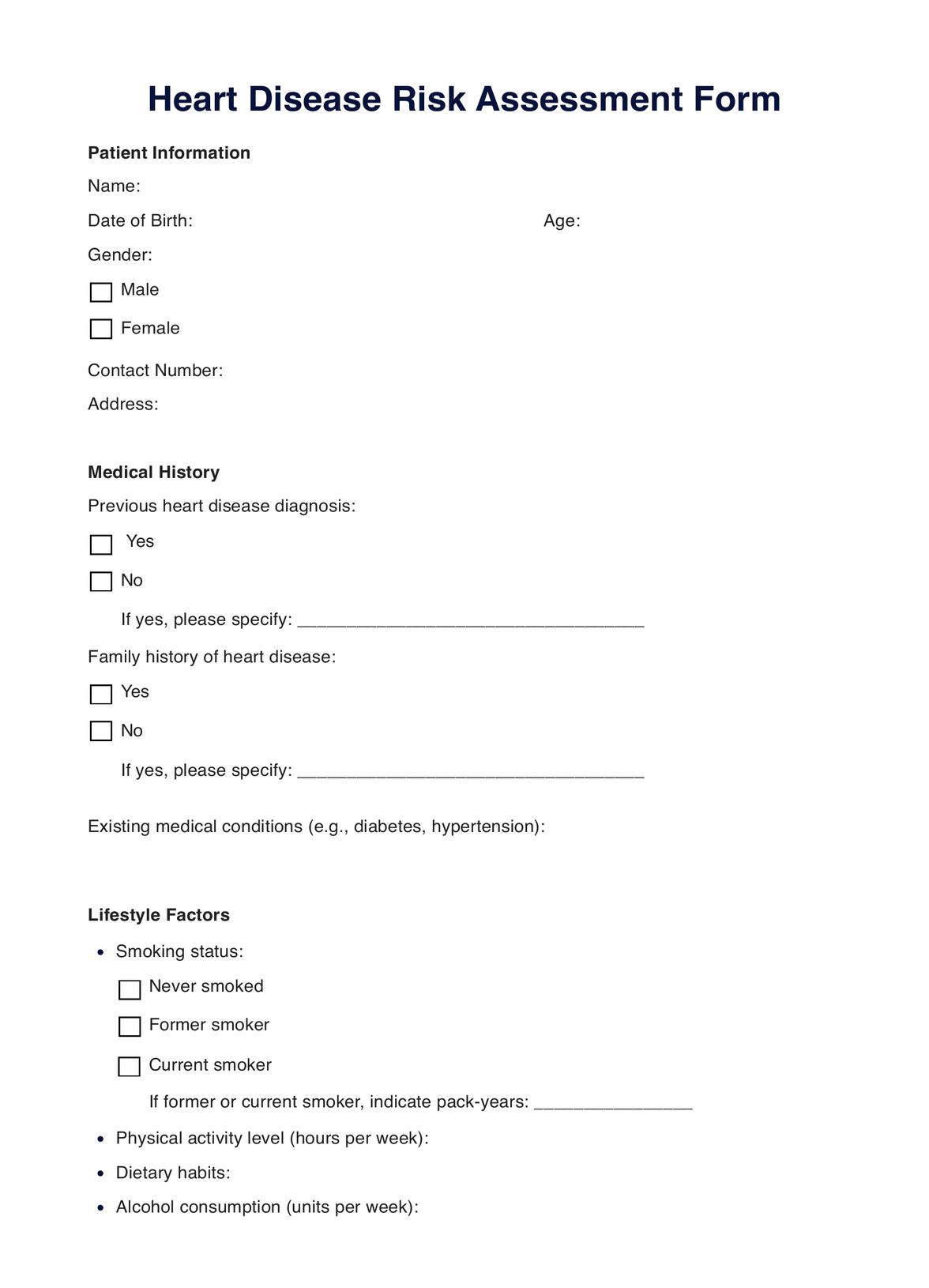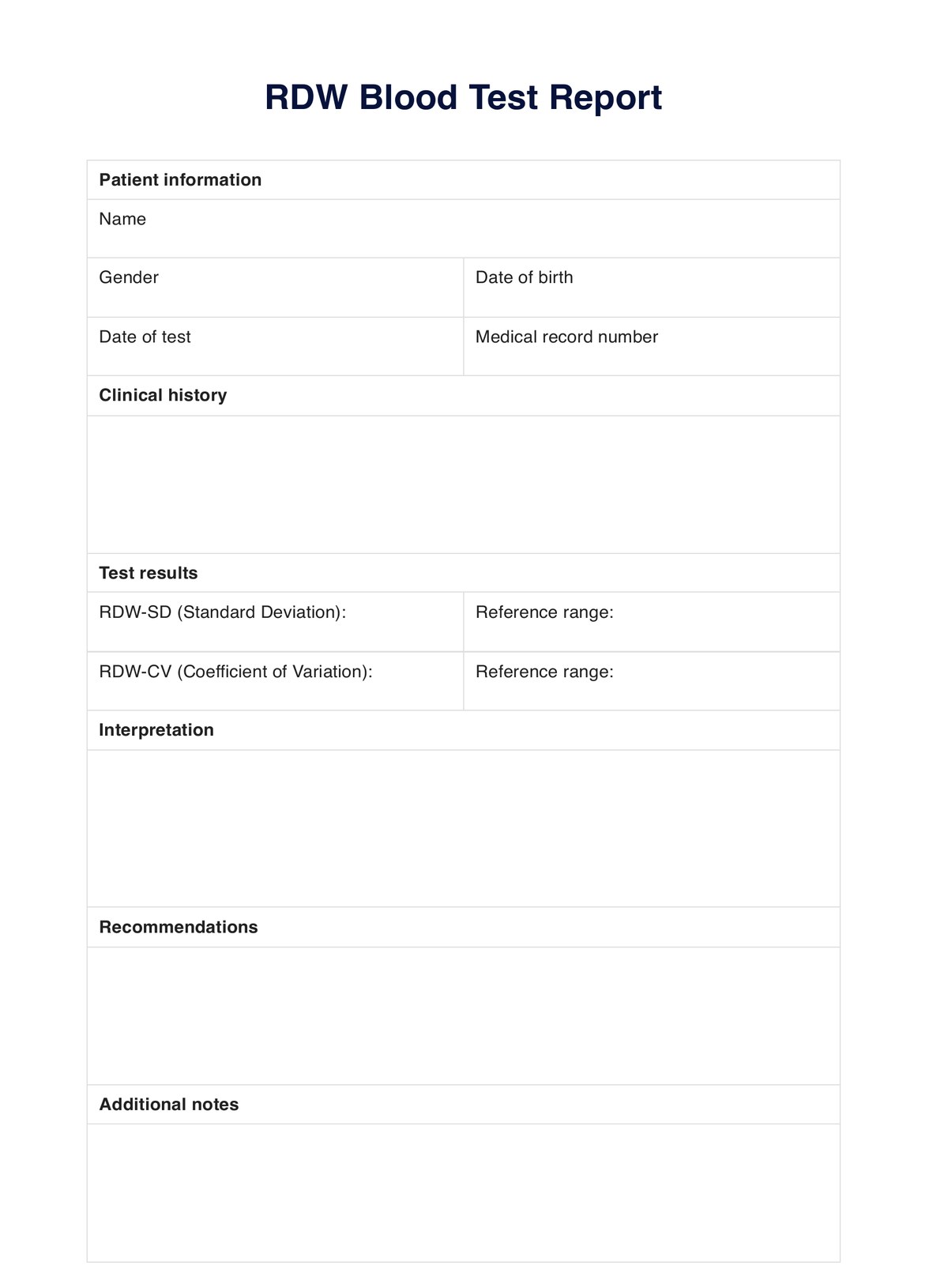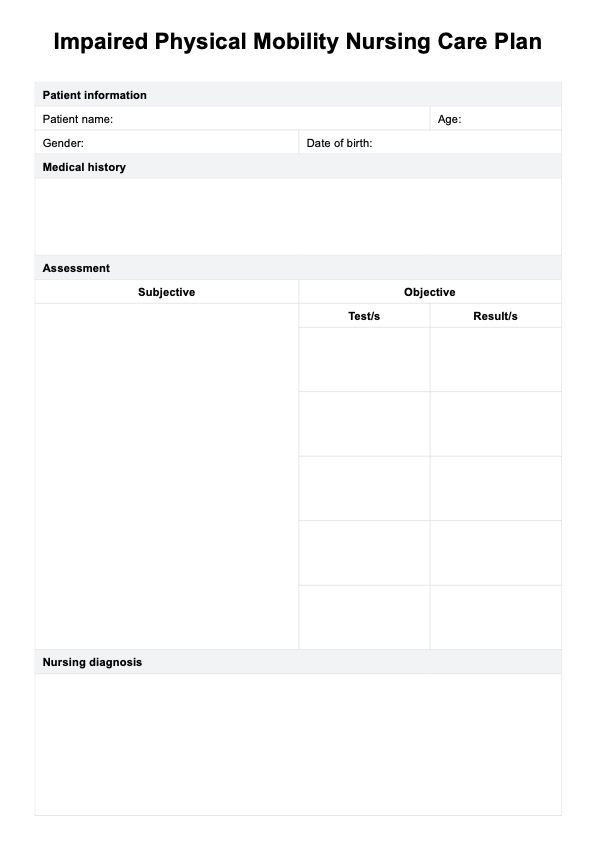ADA Claim Forms
Optimize reimbursement for medical services provided to people with disabilities by submitting accurate ADA Claim Forms with structured documentation.


What is an ADA Claim Form?
An ADA Claim Form, short for Americans with Disabilities Act Claim Form, is a standardized document used in the healthcare industry to request reimbursement for medical services provided to individuals with disabilities. The Americans with Disabilities Act (ADA) is a federal law enacted in 1990 that prohibits discrimination against people with disabilities, ensuring equal opportunities and access in various areas of life, including healthcare.
The ADA Claim Form serves as a means for healthcare providers to seek reimbursement from insurance companies, government programs like Medicaid or Medicare, or other third-party payers for the medical treatments, services, and procedures rendered to patients who have disabilities. This form includes essential patient information, details about the medical services provided, diagnosis codes, procedural codes (such as Current Procedural Terminology - CPT codes), and other relevant data necessary for accurately processing claims for reimbursement.
Submitting an ADA Claim Form is an integral part of the medical billing process, ensuring that healthcare providers receive proper compensation for their services while adhering to the legal requirements of the ADA. Accurate completion of these forms is crucial, as errors or missing information can lead to delays in reimbursement or even denials of claims. Healthcare providers must stay updated on the latest guidelines and regulations to correctly complete and navigate the complex healthcare billing and reimbursement landscape.
ADA Claim Forms Template
ADA Claim Forms Example
How does it work?
Submitting an ADA Claim Form involves ensuring accurate documentation and reimbursement for healthcare services provided to individuals with disabilities. Here's a breakdown of the process:
Patient Information
Gather essential patient details, including name, date of birth, address, and insurance information. Ensure accuracy to prevent processing delays.
Provider Details
Include the healthcare provider's name, address, National Provider Identifier (NPI) number, and Tax Identification Number (TIN) for identification purposes.
Service Details
Specify the medical services provided using relevant procedure codes (CPT codes) and diagnosis codes (ICD-10 codes) to describe the treatments, tests, or procedures accurately.
Authorization and Signature
Obtain the patient's or authorized representative's signature to verify that the services were rendered and that they understand the claims process.
Documentation
Attach any necessary supporting documentation, such as medical records, test results, and notes, to substantiate the billed services.
Billing Information
Include the cost of each service provided and calculate the total charges accurately.
Coding Accuracy
Ensure proper coding of services and diagnoses, as incorrect codes can lead to claim denials or payment discrepancies.
Insurance Information
For accurate claim routing, provide the insurance policy information, group number, and policyholder's details.
Submission
Submit the completed ADA Claim Form and accompanying documentation to the appropriate payer, whether it's an insurance company, Medicaid, Medicare, or another third-party payer.
Verification and Processing
The payer reviews the submitted claim, cross-checking the information and codes for accuracy. They assess the claim's validity and determine the reimbursement amount.
Payment or Denial
Based on the review, the payer either approves the claim and issues payment to the healthcare provider or denies the claim, providing reasons for the denial.
Appeals (If Necessary)
In case of a claim denial, healthcare providers can appeal, providing additional documentation or clarifications to contest the denial.
When would you use this Form?
ADA Claim Forms play a pivotal role in the healthcare landscape, providing a structured approach for accurately documenting and requesting reimbursement for medical services offered to individuals with disabilities. Various healthcare practitioners can benefit from utilizing ADA Claim Forms in specific scenarios to ensure proper compensation and adherence to legal regulations. Here's when this resource becomes essential:
- Specialized Medical Services: Practitioners offering specialized services catering to patients with disabilities, such as physical therapists, occupational therapists, and speech-language pathologists, should use ADA Claim Forms. These forms help in detailing the unique treatments and interventions provided to ensure accurate reimbursement.
- Insurance Claims: When seeking reimbursement from insurance companies, ADA Claim Forms are crucial. Healthcare providers can submit these forms to ensure that the services rendered to patients with disabilities are appropriately covered and compensated according to their insurance policy.
- Government Programs: Healthcare practitioners participating in government programs like Medicaid and Medicare need to submit ADA Claim Forms for reimbursement. These forms aid in compliance with program requirements while ensuring that patients receive the necessary care without financial burdens.
- Private Payers: Whether it's private health insurance or third-party payers, ADA Claim Forms assist practitioners in billing accurately for their services. Properly completed forms minimize claim denials and payment discrepancies.
- Accurate Documentation: ADA Claim Forms are a means of accurate documentation. They help healthcare professionals record specific details of the services provided, including CPT and ICD-10 codes, which are crucial for effective communication and tracking of patient care.
- Legal Compliance: The Americans with Disabilities Act mandates equitable treatment for individuals with disabilities, including healthcare access. ADA Claim Forms support practitioners in adhering to legal requirements while ensuring these patients receive the necessary medical attention.
Benefits
Using ADA Claim Forms offers several advantages for healthcare practitioners, enhancing the reimbursement process and ensuring accurate documentation for services provided to individuals with disabilities. Here are the key benefits:
Improved Reimbursement Accuracy
Submitting ADA Claim Forms enhances the accuracy of reimbursement requests by providing a standardized format for detailing services, codes, and costs. This reduces the likelihood of claim denials or payment discrepancies.
Efficient Insurance Processing
Insurance companies process claims more efficiently when submitted using ADA Claim Forms. The structured information and proper coding streamline the review process, resulting in quicker reimbursement.
Legal Compliance
Utilizing ADA Claim Forms ensures practitioners comply with the Americans with Disabilities Act, promoting equitable healthcare access for individuals with disabilities. This legal adherence strengthens the healthcare provider's reputation and fosters trust among patients.
Streamlined Documentation
ADA Claim Forms facilitate comprehensive documentation of services provided. The form's layout prompts practitioners to include essential details, reducing the chance of omitting critical information that could delay reimbursement.
Minimized Administrative Burden
By providing a structured template, ADA Claim Forms reduce the administrative burden on healthcare staff. This allows them to focus more on patient care and less on navigating complex billing procedures.
Enhanced Communication
Using ADA Claim Forms improves communication between healthcare providers and payers. The standardized codes and descriptions ensure a clear understanding of the services rendered, leading to more accurate processing.
Access to Free ADA Claim Forms
Practitioners can find free ADA Claim Forms from reputable sources, saving costs associated with designing custom forms. These readily available templates simplify the process of submitting claims and seeking reimbursement.
Incorporating ADA Claim Forms into the reimbursement process benefits healthcare practitioners by streamlining administrative tasks, improving accuracy, and ensuring compliance with legal regulations. The advantages extend to patients as well, ensuring they receive quality care without the financial burden caused by inadequate reimbursement processes.
Research & Evidence
ADA Claim Forms were created after the Americans with Disabilities Act was passed in 1990. This law required healthcare providers to use standardized documentation to accurately represent services for individuals with disabilities.
As the healthcare industry evolved, research and evidence emerged to support the use of ADA Claim Forms:
- Equitable Treatment: The ADA's overarching goal of equitable treatment provided the impetus for developing consistent documentation methods. Research showcased the disparities individuals with disabilities face in accessing healthcare, underscoring the importance of clear and comprehensive documentation to ensure fair treatment.
- Accurate Documentation: Studies revealed that standardized ADA Claim Forms improved the accuracy of documentation. This was particularly crucial for medical coding, where precision in identifying services rendered and corresponding codes is vital for correct billing and reimbursement.
- Legal Compliance: ADA Claim Forms were designed to align with ADA regulations. The research highlighted the legal obligations of healthcare providers to offer accessible services, making proper documentation essential to demonstrate compliance.
- Efficiency: Evidence indicated that streamlined documentation processes led to more efficient interactions between healthcare providers and insurance companies. The standardized format of ADA Claim Forms reduced confusion, accelerated claim processing, and facilitated timely reimbursement.
- Transparency: Research emphasized the importance of transparent communication between healthcare providers and patients with disabilities. Standardized forms provided a shared language that accurately conveyed the services provided, enhancing understanding and trust.
- Professional Consensus: Over time, the medical community recognized the need for uniformity in documentation. This consensus led to the establishment of ADA Claim Forms as the accepted method for reporting medical services provided to individuals with disabilities.
ADA Claim Forms are crucial for accurate billing, legal compliance, and equitable healthcare access. They reflect a commitment to providing equal healthcare for all.
References
- ADA 2019 claim form for licensees. (n.d.). https://ebooks.ada.org/16o2bri/
- ADA dental Claim Form. (n.d.). American Dental Association. https://www.ada.org/publications/cdt/ada-dental-claim-form
- Americans with Disabilities Act. (n.d.). DOL. https://www.dol.gov/general/topic/disability/ada
- Dental Insurance Hub: ADA council’s actions support dentist claims and record-keeping. (n.d.). American Dental Association. https://adanews.ada.org/ada-news/2023/may/dental-insurance-hub-ada-council-s-actions-support-dentist-claims-and-record-keeping/
Commonly asked questions
ADA Claim Forms are commonly used by healthcare practitioners and providers who offer medical services to individuals with disabilities. This includes professionals such as physical therapists, occupational therapists, speech-language pathologists, and other specialized healthcare providers.
ADA Claim Forms are used to document services provided to individuals with disabilities and request reimbursement from insurance companies, government programs, and third-party payers.
The process for submitting ADA claims includes information gathering, service description, authorization, documentation, billing and insurance details, submission, review and processing, and outcome. ADA Claim Forms help ensure accurate records and proper reimbursement for medical services provided to people with disabilities.


